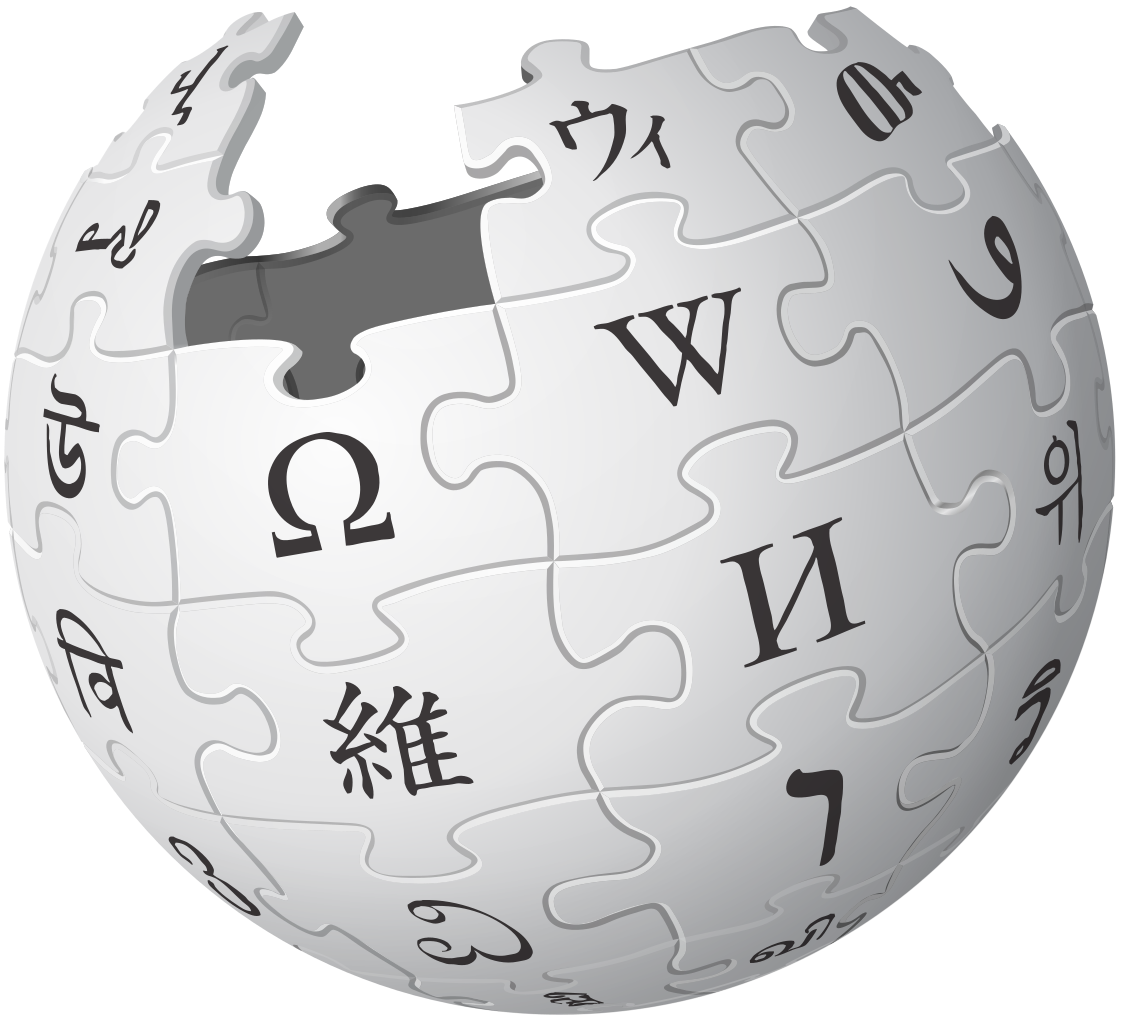

 Wikipedia Sitemap |
 Useful Links 1 Useful Links 2 |

As technology evolves and becomes more complex it increases our ability to detect heart disease. We are particularly blessed in Peel to have a state of the art Cardiac Facility located at Trillium Hospital. In theory, if you sustain a sudden cardiac event, it is theoretically possible to be in the care of a large, trained, competent team in minutes. Unfortunately, this goal is rarely achieved largely due to intermingling protocols and delays.
When you do go for testing, it can be quite confusing. The number one question on patients' minds seems to revolve around how much "cholesterol" is built-up in their heart. Non-invasive testing means that no instruments or catheters are introduced into the body. I had the pleasure of attending the 3rd Annual Cardiology Update Day sponsored by Trillium Hospital and Aventis. Dr.Vlad Sluzar provided feedback for this quick primer to familiarize you with cardiac testing.
ECG (Electrocardiogram) - The commonest and widely available test. Records heart electrical activity using sticky electrodes applied to the skin. Can often diagnose a heart attack, but of little use in determining "heart health".
Echocardiogram - The echo uses sound waves to look at major heart structures such as the valves and muscle wall thickness. Gives some idea of how well the heart pumps. Utilizes a probe placed on the chest which emits and collects sound waves. The closer the probe is to the heart, the more information can be gained. Sometimes the probe is placed in the esophagus to get a clearer picture. Doppler is another form of echo technology that characterizes blood flow.
Holter Monitor - A method of looking for heart beat abnormalities. Uses sticky electrodes applied to the skin surface with wire connection to a small radio size belt recorder. Captures all heart beats over a day or two, which are then downloaded for computer analysis. New "loop" holters can be worn for weeks to look for rare types of arrhythmias.
Cardiac Stress Test - Involves running on a treadmill while heart activity is being recorded. Used to produce gentle yet increasing physical stress. Can diagnose lack of oxygen to heart muscle and is used to screen who needs more invasive testing.
Nuclear Perfusion Scanning - Basically, the principle is to stress the heart with activity or medications, then inject a small amount of radioactive tracer into the body. These tracers have brand names such as Cardiolite. A special camera is then used to collect emissions which represent how well the blood circulates to the heart. The data can be presented in a 3-dimensional format using special computer programs. Variations of this test can be used to look for scarred heart muscle, poor blood flow or evaluating how well heart chambers function. For patients not suited to the treadmill test, a pharmacological stress is applied through an intravenous drip using drugs such as persantine. Persantine is a vasodilating drug that functions on the premise that healthy blood vessels dilate a lot quicker than clogged vessels.
Angiography - This is perhaps the most invasive test. It involves making a small incision into a groin artery and introduces a catheter which is advanced back towards the heart. A small amount of dye is released at the right spot which fills the arteries supplying the heart itself. X-ray type photographs are taken. This test provides the best anatomical view of the heart and outlines the degree of blockage present. It also helps to determine whether the blocked areas need to be bypassed with vein grafts.
Cat-Scanning - This is still largely experimental. A special high-speed cat scanner is used to look for calcification in the heart vessels. The result is called a calcium score. This test is quite expensive but not invasive. Not certain how well it correlates with blockages, since calcium and arthromas or "sludge build-up" are two different things.
Angioplasty - Similar to angiography, except that this refers to a type of treatment. A balloon in the tip of the catheter is inflated in an attempt to expand the narrowed area. A small wire mesh or stent may be left in the area to keep it from closing shut.
M.R.I. - Magnetic Resonance Imaging is used to look at the heart muscle itself to assess regurgitation and to look for narrowing or stenosis. Expensive since it requires the newest machines, and currently does not yield more information than can be obtained in other ways.
All of these cardiac tests yield false positives and false negatives. In the right hands, they are very effective. We are fortunate to have waiting times measured in weeks, attributable mainly to the resourcefulness of private enterprise.
Related resources:
● Cardiac Tests with photos and illustrations.
● Electrocardiogram (EKG, ECG).
● Ambulatory EKG (Holter) Monitoring.
● Transthoracic Echocardiogram (TTE).
● Exercise Stress Test (EST).
● Transesophagel Echocardiogram (TEE).
● Nuclear Stress Testing.
● Cardiac Catheterization.
● Tilt Test from St. Michael's Hospital, Toronto, ON.
● Review of Cardiac Tests by Dr. Peter Ro, from eMedicine.
● Cardiac Tests with illustrations, from SADS - Sudden Arrhythmic Death Syndrome, UK.